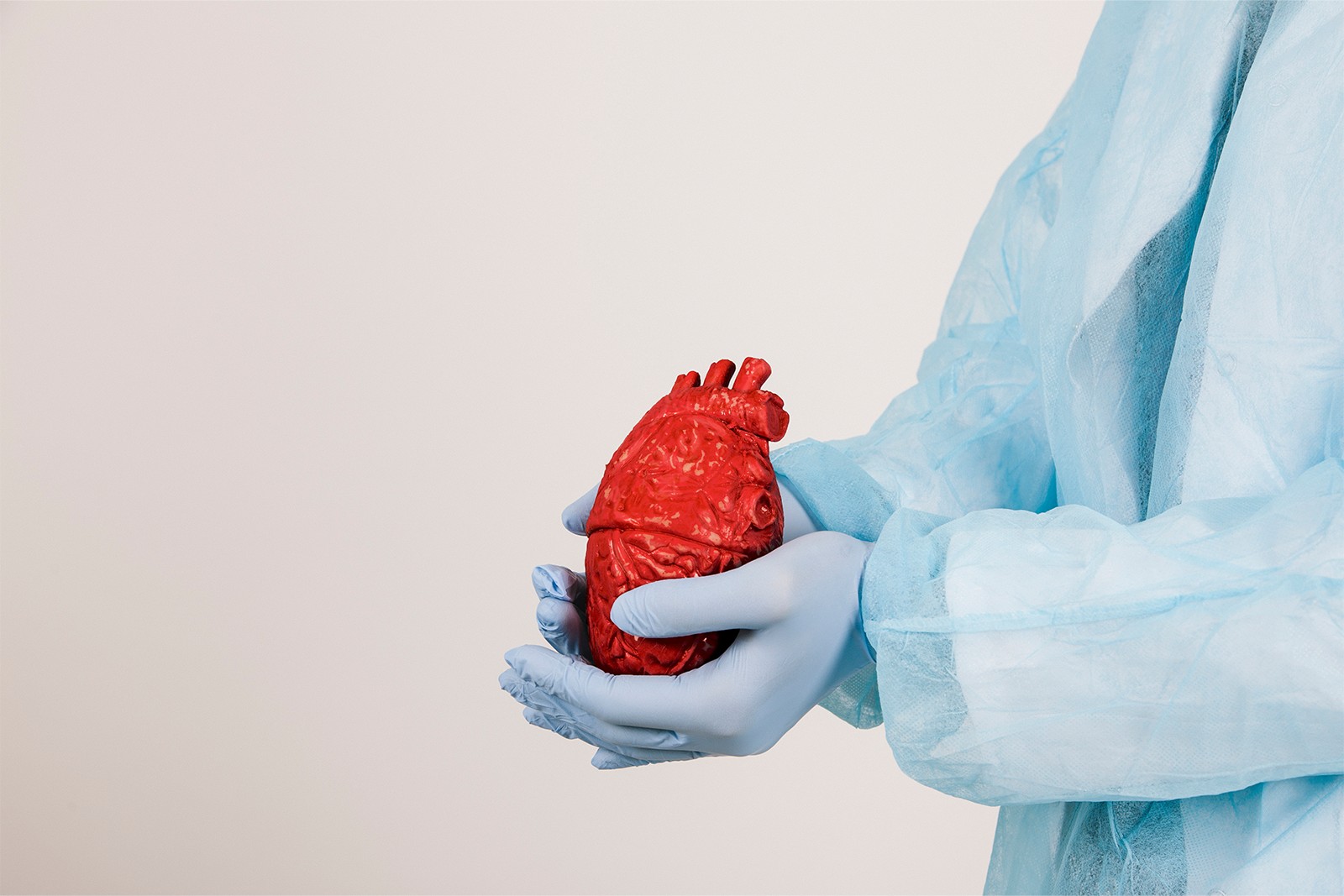For millions of Americans, high cholesterol doesn’t cause immediate symptoms. Unfortunately, whether you know there’s an issue or not, it will still increase the chances of a future heart attack or stroke. At Capitol Cardiology Associates, we’ve seen how early action can change the trajectory of a person’s life. Cholesterol doesn’t have to be a threat. With the right tools and support, you can manage it and lower your risk of heart disease. This article breaks down the steps that actually work.
Understand the Numbers That Matter
Cholesterol is frequently misunderstood, so it helps to start with the basics. Your total cholesterol includes several components, like LDL, HDL, and triglycerides. LDL is sometimes called “bad” cholesterol because high levels can lead to plaque buildup in the arteries. HDL helps clear excess cholesterol from the blood. Triglycerides are another form of fat that can contribute to heart disease when elevated. Your doctor will usually look at a fasting lipid panel to determine your risk. The goal is to keep your LDL low, your HDL high, and your triglycerides in a healthy range. A heart doctor looks at your full picture, including age, blood pressure, smoking status, diabetes, and family history, before making recommendations. If you’ve been told your cholesterol is high, take it seriously. Don’t wait until you have symptoms of cardiovascular disease. The earlier you intervene, the easier it is to reverse the damage.
Adjust Your Diet with a Purpose
Extreme diets aren't necessary, so you won't need to give up everything you enjoy. The first step is to reduce sources of saturated fat and eliminate trans fats. Saturated fats are in red meat, butter, cheese, and many processed foods. Trans fats can be found in packaged snacks and baked goods. Theyraise LDL and lower HDL, which creates the perfect storm for arterial damage. Instead, focus on foods that support cholesterol balance. Soluble fiber is in oats, beans, lentils, apples, and citrus. It helps absorb cholesterol in the digestive system and removes it from the body. Fatty fish like salmon, mackerel, and sardines provide omega-3 fatty acids that reduce triglycerides and inflammation. Olive oil, nuts, seeds, and avocados offer healthy fats that support HDL. Avoid the temptation to rely on processed “low-fat” foods. Whole foods, cooked at home when possible, give you better control over ingredients and portion sizes. Excess alcohol raises triglycerides and contributes to liver strain, and sugary beverages spike blood sugar and insulin, which indirectly affect cholesterol metabolism. Water, herbal teas, and unsweetened seltzer are better long-term options.
Move Your Body to Change Your Blood
Exercise has a direct impact on cholesterol and cardiovascular function. Regular aerobic activity can raise HDL and lower LDL and triglycerides. It also improves circulation, reduces inflammation, and strengthens the heart muscle. You won’t have to become an athlete to see benefits. Aim for 30 minutes of moderate activity five days a week. Brisk walking, swimming, cycling, dancing, or playing with your kids all count. Be consistent. Your body responds to regular movement by becoming more efficient at lipid metabolism. If you’ve been sedentary for a while, talk to your cardiologist before starting a new routine. Start slowly and build up. Every step you take improves your long-term health. Resistance training can also help by improving insulin sensitivity and building lean muscle, which supports metabolic balance. Some patients use fitness trackers to stay accountable. Others join walking groups or schedule daily workouts like a meeting. What matters is finding something you enjoy enough to keep doing.
Know When Medication Makes Sense
Lifestyle changes are the foundation, but they aren’t always enough. In some cases, medication is the safest and most effective next step. Statins are the most common type of cholesterol-lowering drugs. They reduce the liver’s production of LDL and helping reabsorb cholesterol from plaques. Other options include ezetimibe, which blocks cholesterol absorption in the intestine, and PCSK9 inhibitors, which help the liver remove more LDL from the blood. Your heart doctor will help you decide which approach is right for your situation. A cardiologist will consider your age, family history, other medical conditions, and overall cardiovascular risk. In patients who’ve already had a cardiac event, medication is usually critical for preventing recurrence. If your doctor prescribes a cholesterol-lowering drug, it’s one part of a larger strategy to protect your heart and extend your life. Keep up with healthy habits even if your numbers improve. The medication works best in combination with diet and exercise.
Monitor Your Progress and Stay Connected
Controlling cholesterol requires having a lifelong obligation to pay attention to your health. Regular check-ups, lab work, and honest conversations with your care team will help you make small changes that can be tracked over time and lead to real results. Keep a log of your cholesterol levels. Watch how your numbers respond to lifestyle shifts. Ask your doctor what specific goals you should work toward and how frequently you should re-test. If you’re under stress, not sleeping well, or feeling unmotivated, say something. Stress hormones like cortisol can raise cholesterol and blood pressure. Sleep disorders like apnea affect cardiovascular health. Emotional health matters, too. Share your goals with a family member or join a group that encourages healthy living. The more aligned your environment is with your goals, the easier it is to stay on track.
Do You Need Help with Your Cholesterol Levels?
Capitol Cardiology Associates is here to help you successfully manage your cholesterol. Our team includes experienced cardiologists who treat each patient with compassion and personalized care. Whether you need a heart doctor for routine monitoring or a full evaluation, we’re ready to help you make informed choices that support your long-term health. Call today to schedule an appointment.






